Arsenic is a naturally occurring chemical element that can be found in rocks, soil, water, air, and, unfortunately, food. It's highly toxic to humans and can bring about all kinds of neurological disorders and cancers. The World Health Organization (WHO) warns that long-term exposure to inorganic arsenic can lead to diabetes, cardiovascular disease, have adverse impacts on pregnancy outcomes, and trigger lung disease as well as kidney failure. Due to climate change, the amount of arsenic absorbed by rice is on the rise, posing serious health risks to crop safety and global health.
One simple solution to lowering the risk of arsenic exposure can be switching from brown rice to white rice. Brown rice still has the outer bran layer, and that's where the majority of arsenic is stored once absorbed by the rice plant. White rice has the bran removed, taking the largest carrier of arsenic out of the food.
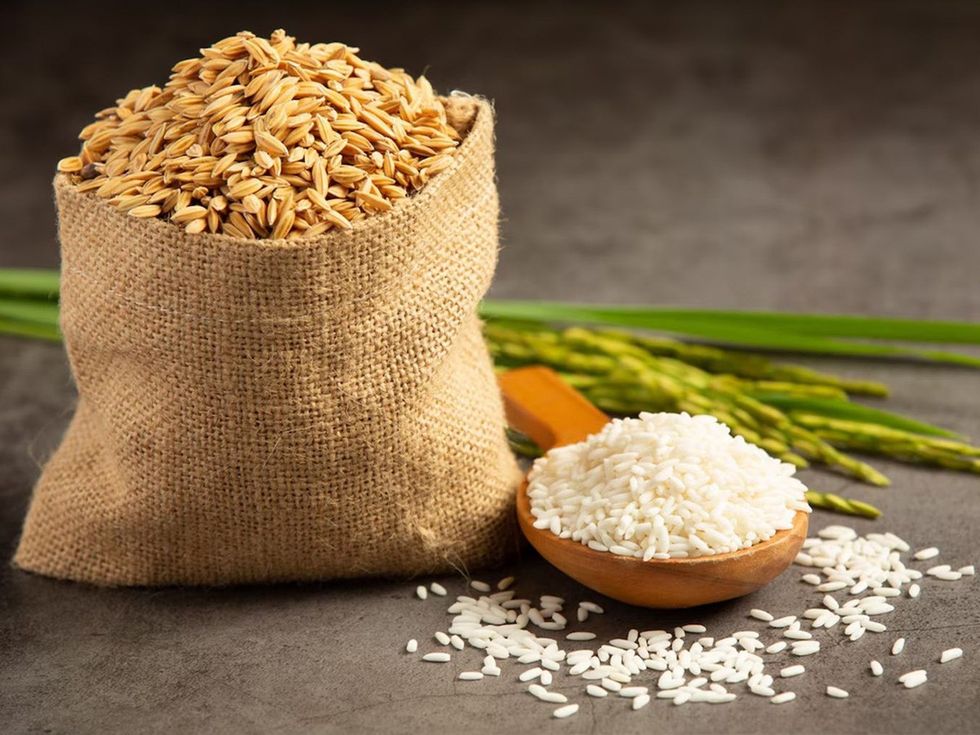
How is arsenic on the rise from climate change?
A 2025 study by researchers at Columbia University Mailman School of Public Health reported in The Lancet Planetary Health found the effects of climate change on rice are particularly alarming. Rice is grown by flooding fields with water. With rising temperatures and increasing CO₂ levels, the flooded soil can become starved of oxygen for extended periods of time. This change releases extra arsenic from the soil particles, allowing the rice roots to soak up more. Earth.com writes in a 2025 article, "Arsenic occurs naturally in many soils and waters. In paddies that stay flooded, oxygen dwindles. Iron minerals that normally bind arsenic dissolve, and arsenic becomes more mobile. Warmer conditions paired with higher CO₂ push that chemistry along, especially in fields that remain waterlogged."
What does this mean for the world?

These results are particularly concerning for Asian countries, as rice is a staple. The study projects a sharp rise in lifetime lung and bladder cancers. China is expected to see the largest increase, with an estimated 13.4 million cancers linked to the arsenic exposure from rice. Associate Professor at Columbia University Mailman School of Public Health Dr. Lewis Ziska, speaking on the problem through the school website, said, "ingesting rice in regions like southern China and Southeast and South Asia is already a significant source of dietary arsenic and cancer risk." He continued, "As rice is a dietary staple in many parts of the world, these changes could lead to a substantial rise in the global burden of cancer, cardiovascular diseases, and other arsenic-related health issues."
How do we protect ourselves?

Science Direct shared a 2021 Study which offered an improved approach for cooking rice that eliminates arsenic while preserving the natural nutrients. The method removes over 50% of the arsenic from brown rice and up to 74% in white rice.
- Pre-boil the rice for five minutes and drain the water. This allows the arsenic to be mostly cooked out and removed.
- Add fresh water and cook on a lower heat for the rice to absorb this new water. The process keeps the important nutrients mostly within the rice, making a healthier, safer meal.
What procedures can the world implement to tackle the problem?
The first tool to take into action is improved water management. Since paddies that are continuously flooded move more arsenic into the rice plants, periodically letting water levels drop before reflooding can introduce oxygen back into the soil. A 2022 study in the National Library of Medicine found that alternate wetting and drying had a significant positive effect.
One costly solution is better plant breeding. A 2025 study from Chhattisgarh, India, focused on arsenic accumulation within different rice genotypes. Evaluating 120 diverse rice genotypes revealed significant variation in grain arsenic concentration. The study indicates a potential for improved health and safety by selecting specific breeding varieties.
Why is it safer to eat white rice than brown rice?
Recent studies have shown that brown rice contains higher levels of inorganic arsenic than white rice. Michigan State University researchers released a 2025 study reported in Risk Analysis showing the brown rice's bran layer, which is retained during processing, contains 72-98% more inorganic arsenic. Also, brown rice contained 24% more total arsenic and 40% more inorganic arsenic when compared to white rice.

As environmental climate changes impact the world, science hopefully can continue to find ways for us to safely adapt. Brown rice is still a nutritious option, but its higher arsenic content poses more health risks for certain populations. Adapting farming and cooking practices and switching to white rice can reduce arsenic levels and mitigate some of these risks.





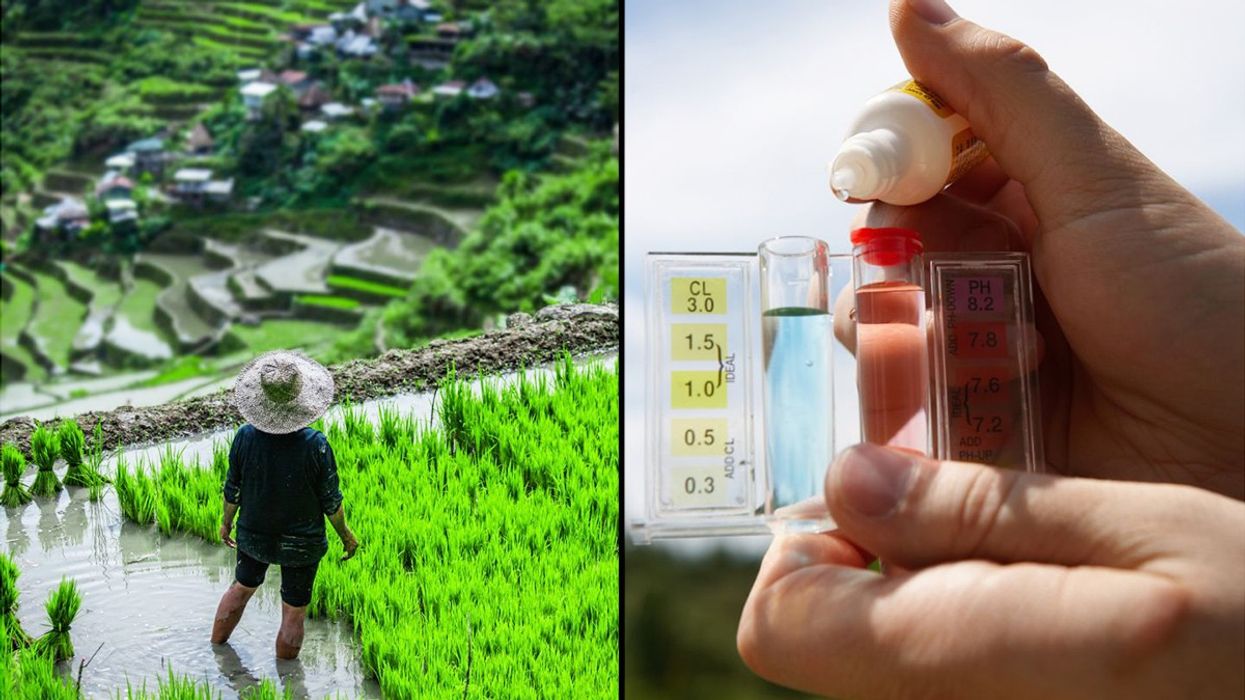











 Representative Image: Accents reveal heritage and history.
Representative Image: Accents reveal heritage and history.  Representative Image: Even unseen you can learn a lot from an accent.
Representative Image: Even unseen you can learn a lot from an accent. 
 People holding hands in unity.Image via
People holding hands in unity.Image via  White House with money image overlay.Image via
White House with money image overlay.Image via  Man walks forest trail.Image via
Man walks forest trail.Image via 
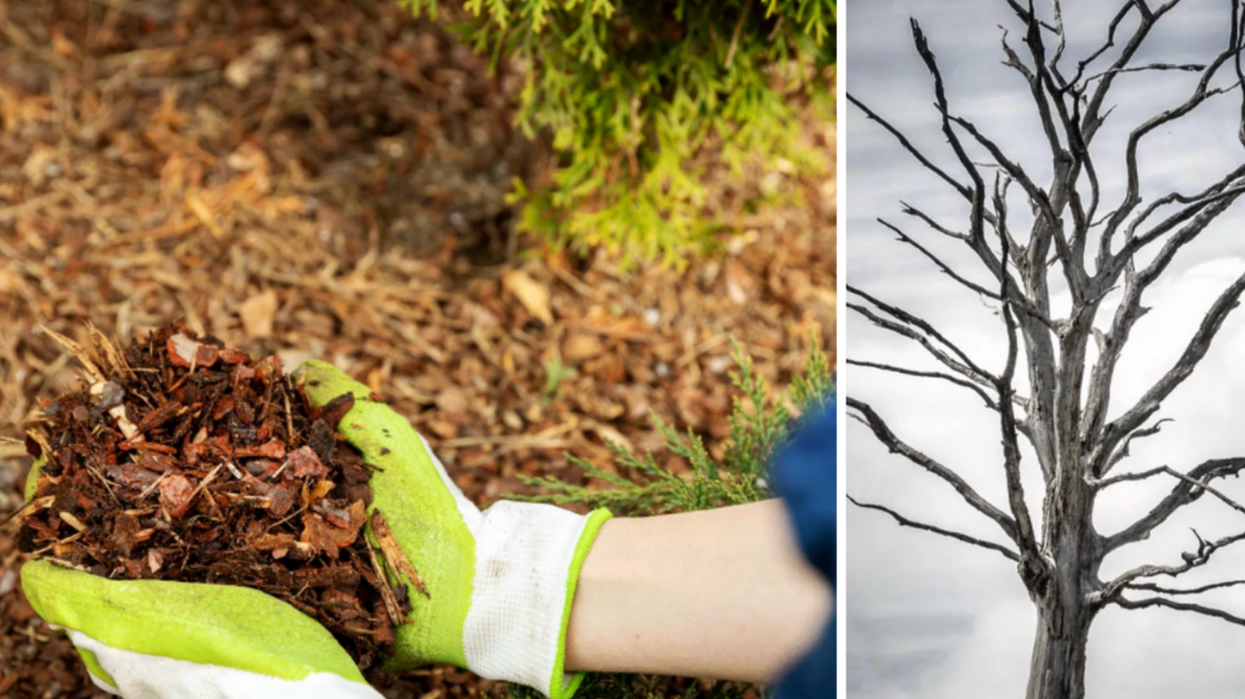

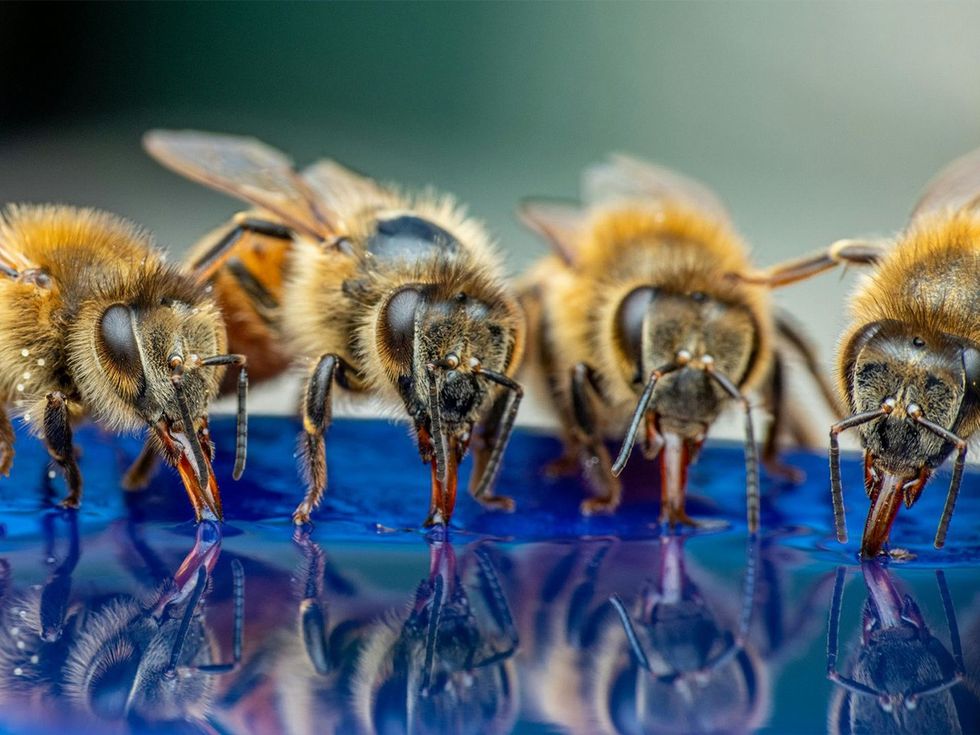 Bees feeding on food source.Image via
Bees feeding on food source.Image via 
 In the depths...Pexels | francesco ungaro
In the depths...Pexels | francesco ungaro Hope the lights stay on. Pexels | parfait fongang
Hope the lights stay on. Pexels | parfait fongang "That was beyond crazy..." YouTube |
"That was beyond crazy..." YouTube |  "This is the stuff of my nightmares..."YouTube |
"This is the stuff of my nightmares..."YouTube |  "Totally blown away..." YouTube |
"Totally blown away..." YouTube | 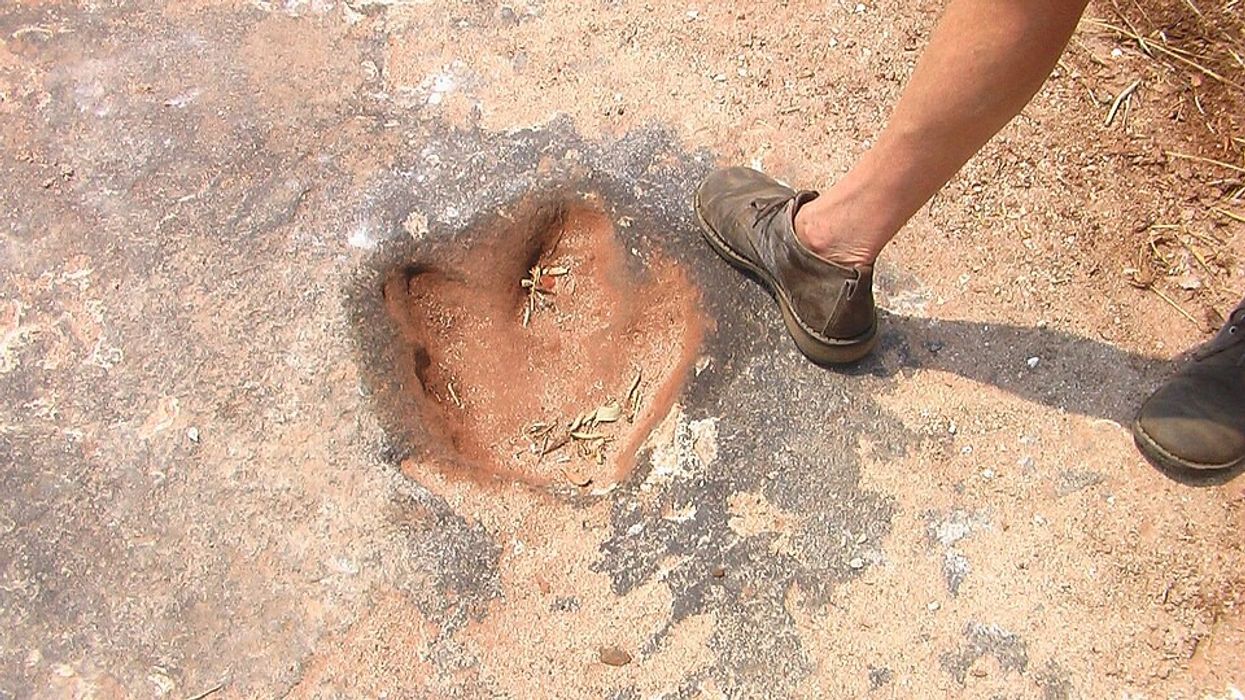
 A representative Image of The Atlantic Ocean. Source: Pexels | Kellie Churchman
A representative Image of The Atlantic Ocean. Source: Pexels | Kellie Churchman Representative Image Source: Painting from a series by Ernest Untermann in the museum at Dinosaur National Monument, Utah.
Representative Image Source: Painting from a series by Ernest Untermann in the museum at Dinosaur National Monument, Utah. Representative Image Source: VARIOUS DINOSAURS IN GOBI DESERT. Photo by H. Armstrong Roberts/ClassicStock/Getty Images
Representative Image Source: VARIOUS DINOSAURS IN GOBI DESERT. Photo by H. Armstrong Roberts/ClassicStock/Getty Images
 Great white shark pokes its head above water.Image pulled from YouTube video - Photo taken by Geraldine Fernandez
Great white shark pokes its head above water.Image pulled from YouTube video - Photo taken by Geraldine Fernandez Great white shark swims in the ocean.Image via Canva - Photo by lindsay_imagery
Great white shark swims in the ocean.Image via Canva - Photo by lindsay_imagery
Professor shares how many years a friendship must last before it'll become lifelong